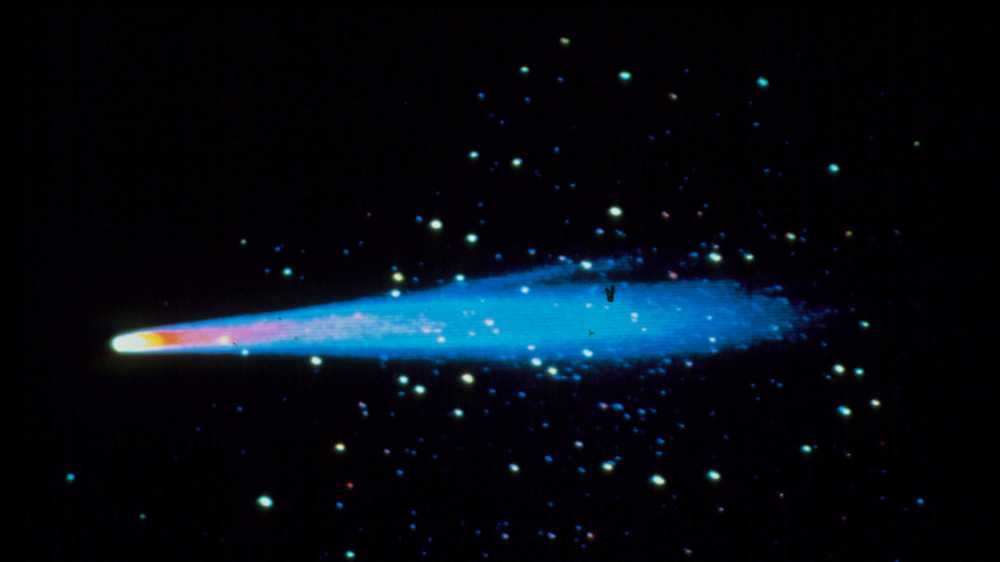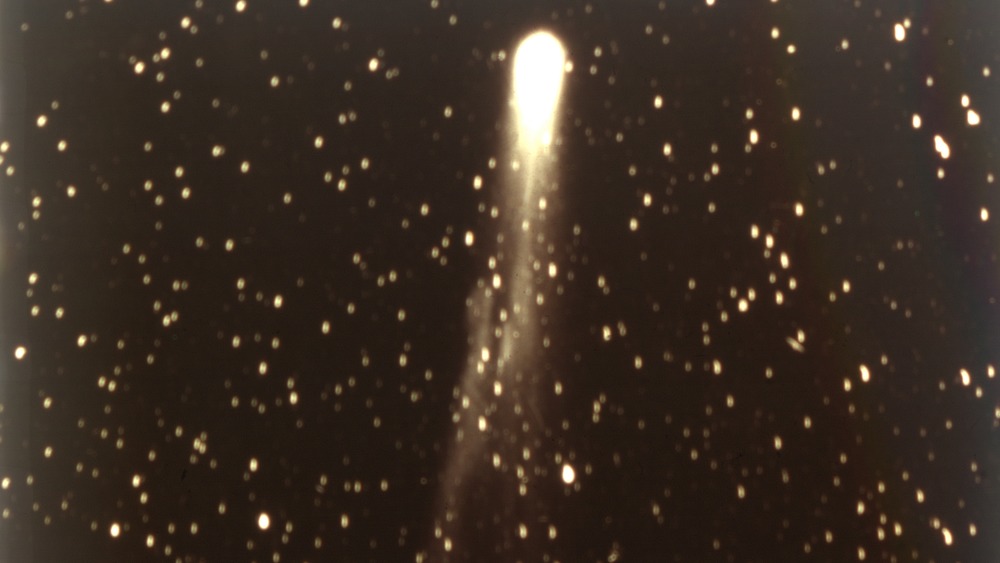The Truth About Halley's Comet
If you're in your late 30s or older, you may remember the last time Halley's Comet blazed across our skies in 1986. And if you're younger, you may just get the chance to see it for yourself. The next projected appearance of arguably the world's most famous short-period comet (Be honest: Can you name any others?) is set for July 28, 2061.
You may wonder how astronomers can be so certain in their calculations. Halley's Comet, it turns out, is remarkably reliable. As the Phys.org website explains, astronomers and lay people have observed and documented Halley's appearance in 75- to 76-year orbits since 240 BCE.
Perhaps because it can be observed by the naked eye (meaning without a telescope), it's had an outsized effect on human culture, with sightings spanning time and culture, including documentation of its visit in Chinese, Babylonian, and Medieval European writings and drawings. And though each sighting was surely remarkable, it wasn't until 1705, when an English astronomer named Edward Halley (rhymes with 'Sally') applied some Newtonian physics to his understanding of the comet's 1682 appearance that the world would come to understand that these cyclical observations were all of the same object, which would from then on be known as Halley's Comet.
What exactly is Halley's Comet?
According to NASA, comets are essentially "cosmic snowballs" comprised of "frozen gases, rock and dust that orbit the Sun." And much like any other comet, as Halley's Comet nears the Sun, it shoots gasses from its surface, creating a long tail of ionized gas in its wake. It's that bright and characteristic tail that we often associate with Halley's Comet. In truth, it's not so much that the tail itself is unique but that Halley's is such a singular sighting because its close orbit to Earth is what allows us to see its standard-though-remarkable comet characteristics with our own eyes.
Despite the relative ordinariness of this particular comet, its visits over the centuries have meant humans, as History tells us, have interpreted its appearance as everything from a bad omen, warning of death and natural disaster to, well, a reason to party, as The New York Times reported. An article following the comet's most recent appearance (a "fizzle" says the Times) described the comet as causing "mass hysteria in 1910 and mass merchandising in 1986."
While it's true that its famous tail was mostly gone by the time humanity got its last glimpse of the comet, there's something comforting about knowing that countless of us alive right now will get another chance to be awed by Halley's Comet soon enough.

